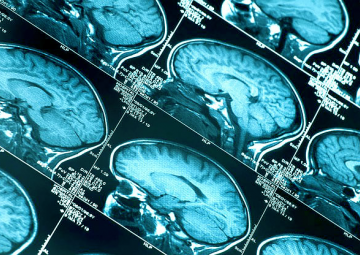Principal Investigator
Rajesh Kalaria
Institute for Ageing and Health,
Newcastle University,
Campus for Ageing & Vitality,
Newcastle upon Tyne NE4 5PL, UK.
r.n.kalaria@ncl.ac.uk
Summary
| Country | UK |
|---|---|
| Principal Investigator | Raj Kalaria |
| Contact person (email) | Raj.kalaria@ncl.ac.uk |
| Key publication/reference | Allan et al. Brain 2011:134:3713-3724 |
| Years in which study conducted | 2002-2012 |
| Sample | |
| Size | 115 |
| Population: Hospital/community | Hospital |
| Selection: consecutive/random | Stroke registries |
| Admit with previous stroke? | Yes |
| Admit with TIA? | ? |
| Age range | 75+ |
| Number of centres | Multiple |
| Control group: number, population, selection | None |
| Assessment | |
| Initial: Time and data collected/tests administered | Not until 3m after stroke. |
| Detailed | 3m: MedHx, neurological deficits, blood tests, CT, NΨ |
| Subsequent (follow-ups) | 15m: repeat of 3m; NΨ: 1-8y (annually) |
| Stroke-related data | Oxford Community Stroke Project Classification |
| Functional tests/data | ? |
| Other medical tests/data | APOE genoytping |
| Neuropsychological tests | CAMCOG, Cognitive Drug Research computerized battery, MMSE, etc. |
| MRI scans, when and how many | 3m (n=110); 2y (n=50) |
| PET scans | No |
| Psychiatric exams/diagnoses | Dementia, depression (Cornell Depression Scale) |
| Intervention trialled? | No |
CT=computed tomography scan, MedHx=medical history, VRF=vascular risk factors (hypertension, diabetes, atrial fibrillation, obesity, smoking etc.), NΨ=neuropsychological, TIA=transient ischemic attack, m=month, y=year




